Bihar
About Bihar
The land where the Buddha once lived, a land of monasteries – Bihar is visited by a considerable number of Buddhist followers as well as tourists of other faiths all through the year. Its association with Buddhism and Jainism makes it a must visit place for peace seekers, people who would like to get a feel of the tribal culture and experience life in the rural parts of India, and those who would like to get a glimpse of our glorious past. Derived from the Sanskrit word ‘Vihara’, which means monastery, Bihar has a glorious heritage in the context of Indian history. Bihar is located in the eastern parts of India situated in the Gangetic plains, and it shares its borders with Uttar Pradesh in the West, Jharkhand in the South, West Bengal in the east, and Nepal in the North. The spiritual importance of Bihar comes from the fact that it is the place where the Buddha once lived and attained Nirvana.
path. Bihar is a blessed land as it was here under a Bodhi Tree that Prince Siddhartha meditated to attain enlightenment and came to be known as the Buddha. Bihar is a famous destination not just for Buddhists but also for Jains and Hindus. It is the amalgamation of religion, spirituality, history and education which makes the state one of its kind. While every city of Bihar has something to offer some of the major attractions are Bodh Gaya, Rajgir, Patna, Vaishali, Pawapuri and Nalanda.
Patna

Prospering along the southern banks of river Ganges and set in the backdrop of a glorious historical past, Patna boasts of a dominating presence in history and enjoys the distinction of being one of the oldest cities in the world. In addition to being one of the major and most popular tourist destinations in India, this capital city of Bihar also holds significant religious and spiritual importance as it is a gateway to pilgrimage sites of Hindus, Sikhs, Jains and Buddhists. Originally called as Pataliputra, Patna is currently a hot-bed for the culminating political fortunes. One of the oldest continuously inhabited places in the world, it is the quintessential North Indian town – West of the city lies the area called Bankipur, while towards the southwest is the new area with wide roads and swanky buildings. The cultural heritage of Bihar is reflected in the many monuments housed in Patna, the most famous ones being Patna Sahib Gurudwara, Patna Planetarium, the Highcourt, Golghar, Secretariat Building and Padri ki Haveli among numerous other attractions. Typical of an Indian city, the riverside city of Patna is also known for some palatable dishes – litti chokha being the king of all!
Things to Do
Gandhi Ghat
Another relic of the British Raj in India, the Victoria Memorial is located in the heart of Kolkata, in West Bengal. This white marbled opulent structure was built in memory of Queen Victoria to celebrate her 25 years of rule over India and is almost a replica of the Victoria Memorial in London. Victoria Memorial is an iconic structure that is synonymous with the city of joy! The memorial is surrounded by a lush green and well-maintained garden, which spreads over 64 acres and has numerous statues and sculptures in it. A sixteen-foot tall bronze statue of victory, mounted on ball bearings at the top of the memorial, serves to heighten the overall appeal and grandeur of the entire complex. Victoria Memorial is breathtaking and marvellous, especially at night, when it is illuminated. The Sound and Light shows that take place in the evening are an added delight, and a must watch. All in all, the place is a must visit for people to wish to relive the essence of the Victorian era in the modern day world.
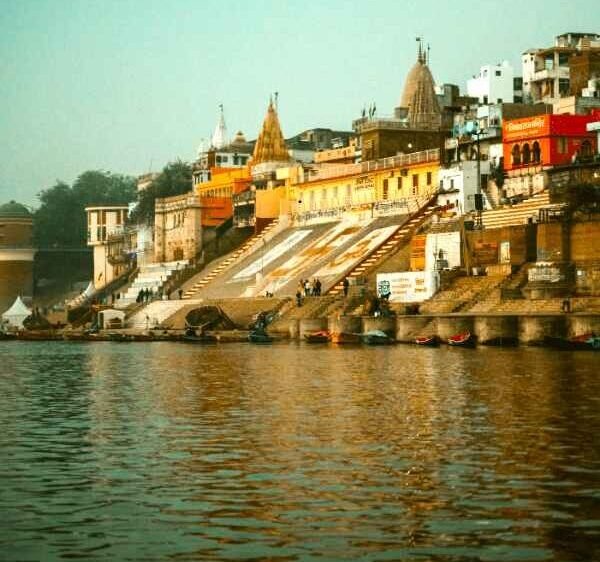
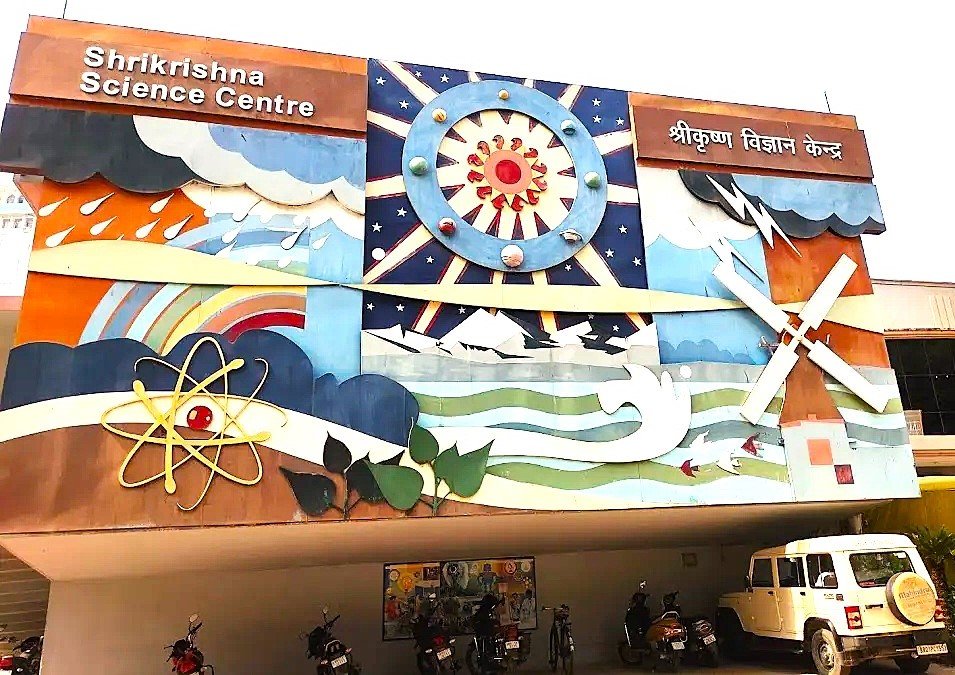
Srikrishna Science Centre
Built in 1978, Srikrishna Science Centre showcases a collection of wonderful exhibits to demonstrate various principles of science. It is very popular especially among the kids and offers a good educational tour.
Bihar Museum
Bihar Museum is one of the famous attractions in Patna built to provide insights into the history of Bihar and inculcate a sense of respect and pride in the hearts of the current generation. The museum is a recent addition to the list of attractions in the city. One of the main reasons for establishing the museum was to create more space to house and exhibit artefacts since the century-old Patna Museum is running out of space. Since there was little scope to relocate installed artefacts, the decision of keeping the focus on Human History was taken. Therefore, the Bihar Museum is where visitors can find information about the human history of Bihar to a large extent. The displays include ancient artefacts of artistic heritage, artworks belonging to various tribes and insights into the past and present of Bihar.Bihar museum spreads over an area of 5.6 hectares of land and has a total built-up area of 24,000 square metres.


Patna Sahib Gurudwara
Harmandir Takht Shri Patna Sahib, popularly known as Patna Sahib Gurudwara is one of the holiest pilgrimages for the Sikh community. Located on the banks of holy Ganga, this Gurudwara in Patna, Bihar was built commemorating the tenth Guru of Sikhs, Shri Guru Gobind Singh.The Gurudwara is regarded as the epicentre of Sikhism in Eastern India. Patna Sahib Gurudwara is the second acknowledged and accepted Takht of the five all total Takhts of Sikhism, which means ‘seat of authority’. ·A morning prayer called ardaas is being performed here every morning at 5:45 A.M and evening prayer at 6:00 P.M. The langar or free food service is offered here to all the visitors and visitors are also welcomed to volunteer in langar services since it is believed to be an offering to God. The Prakash Parv or the birth anniversary of Guru Gobind Singh Ji is celebrated in December every year which is one of the major attractions of this place.
Bodh Gaya
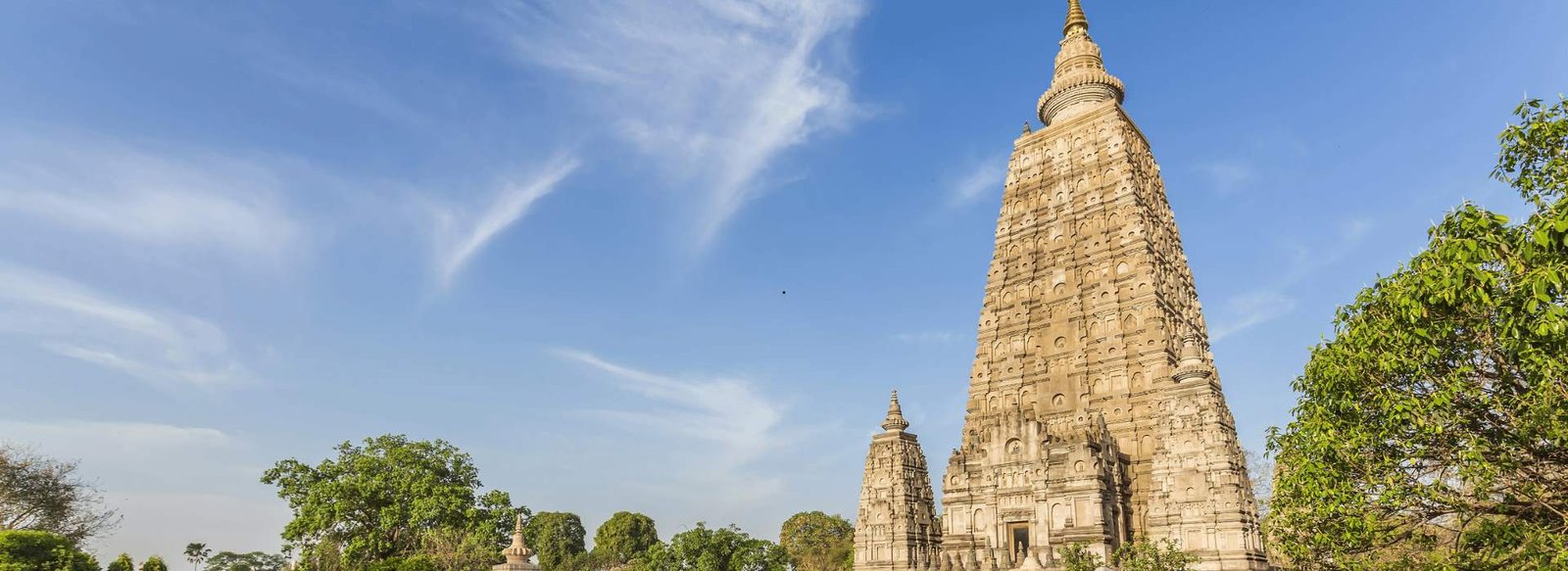
Bodh Gaya is a Buddhist pilgrimage site in Gaya District of Bihar. Famous for the Mahabodhi Temple, It was here under the Bodhi tree that Gautama Buddha attained enlightenment.It is now one of the UNESCO World Heritage Sites, and a lot of foreign countries, including Japan and China, have helped the Indian government in building facilities for the Buddhist pilgrims. The place is bustling with pilgrims all through the year from India and abroad who come to pay their homage in monasteries, temples and remnants of Bodhi Tree.Located near the river Neranjana, Bodh Gaya was earlier known as Uruwela. It was also known as Sambodhi, Vajrasana or Mahabodhi until the 18th century CE. It is one of the four important Buddhist sites that include: Kushinagar, Lumbini and Sarnath.
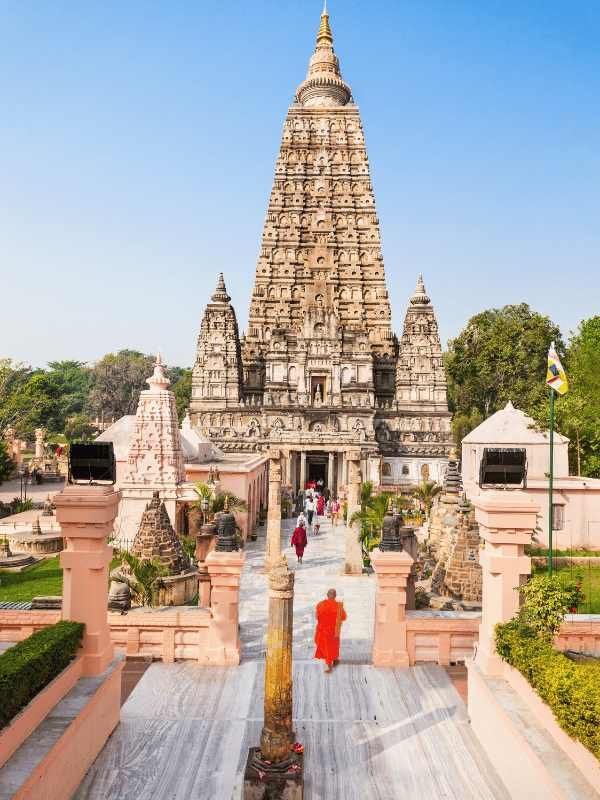
Mahabodhi temple
The Mahabodhi temple, also called the “Great Awakening Temple”, is a UNESCO World Heritage Site located in Bodhgaya, Bihar. It is a Buddhist temple that marks the location where the Lord Buddha is said to have attained enlightenment. Lord Buddha holds a very significant place in the religious history of India as he is believed to be the 9th and the most recent incarnation of Lord Vishnu to have walked the earth. The temple spreads over an area of a whopping 4.8 hectares and is 55 meters tall. The Bodhi Tree is situated to the left of the temple and is believed to be the direct descendant of the actual tree under which Lord Gautam Buddha meditated and attained enlightenment and laid down his philosophy for life. The original temple was built by Emperor Ashoka after he turned to Buddhism in order to seek peace and solitude from war and conquests.The great Emperor Ashoka visited Bodh Gaya in around 260 BC. During his visit, he constructed a small temple by a tree, which was the Bodhi tree- the tree under which Gautam Buddha was sitting when he attained enlightenment. An inscription dated back to between 1st century and 2nd century read that the temple built by Emperor Ashoka was replaced by a new one. Many monks and devotees can be seen performing countless prostrations to the tree. It’s a purificatory ritual, and some monks are known to do up to 1,00,000 prostrations at one time. The architecture of the temple and its overall silence and peace will surely enchant you as you visit it.
Great Buddha Statue
This statue of Lord Buddha is the tallest in India and was instated by the XIV Dalai Lama in 1989. It is a meditating Buddha resting on a giant lotus, constructed using intricately carved sandstone and red granite.
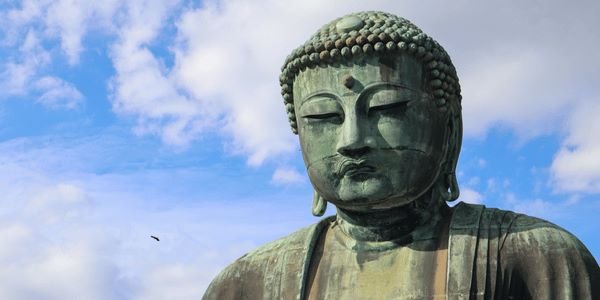
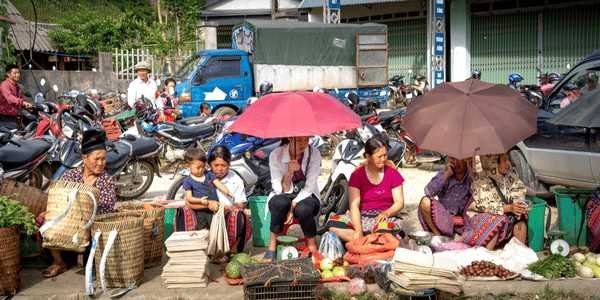
Tibetan Refugee Market
This market is paradise for shopping lover. It offers a large variety of winter-wears, handicrafts and souvenirs, etc
Bodhi Tree
The Bodhi Tree, located 100 kilometres to the south of Patna in the north Indian state of Bihar, is perhaps the most prominent and respected sacred places in Buddhism because of the rich historical significance attached to it. It is under this tree that Prince Siddhartha Gautama, the spiritual teacher who later became to be known as the Buddha, attained enlightenment. It is believed that Prince Siddhartha had to sit and meditate under this tree for seven days. Later on, a shrine known as Animisalocana Cetiya was erected on the spot where he had sat down. A small temple was also built near the Bodhi tree in the 7th century.The Bodhi tree is a frequently visited destination spot by tourists and is one of the four main Buddhist pilgrimage sites. In fact, the Anandabodhi tree in Sravasti and the Bodhi tree in Anuradhapura, both of which are again significant places that find mention in the history of Buddhism, are believed to have been propagated from this tree here at Bodh Gaya. The aura of the Bodhi tree and the temple complex in which this tree is located have attracted sages, meditators and yogis to it ever since the time of the Buddha. Great and renowned spiritual figures like Buddhajnana, Padmasambhava, Vimalamitra, Nagarjuna and Atisha, have lived and meditated underneath the historically and religiously significant Bodhi Tree. Bodh Gaya is also popular for its UNESCO World Heritage Site- the Mahabodhi Temple Complex, which is just beside the tree. Religious people, as well as lovers of history, find this place especially fascinating.
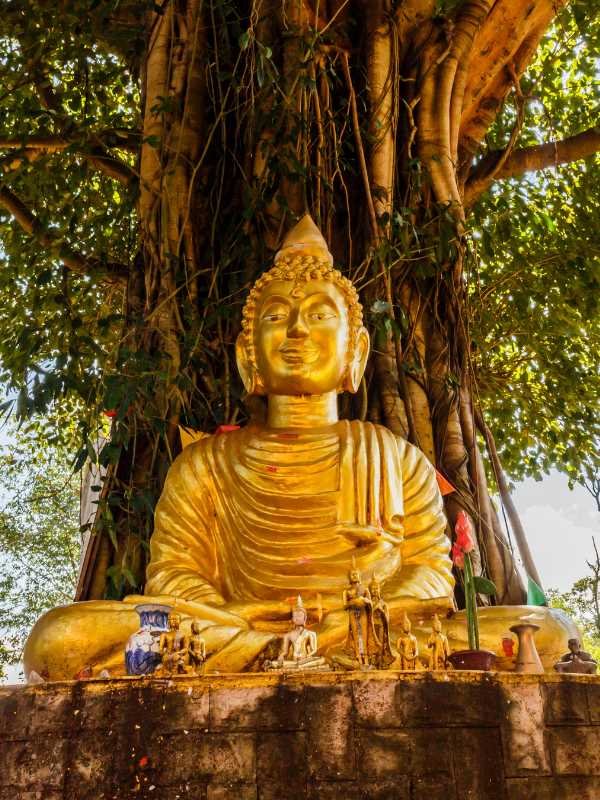

Thai Monastery
Well known for its curved roof covered with exquisite tiles of gold, the Thai Monastery houses a bronze statue of Buddha and another recently erected 25m high statue in the garden.
Vaishali

Located in the interiors of Bihar, Vaishali is a small district which is also a revered Hindu, Buddhist and Jain worshipping site. It is the city where Lord Mahavir was born. Considered as the first republic of the world, Vaishali is believed to have been named after King Vishal, from the time of Mahabharat.It is also the city where Buddha delivered his last sermon. Surrounded by groves of mango and banana and extensive rice field, it is now a part of Trihut division of Bihar. The village is an important religious and historical attraction site and is flocked by tourists year in and year out. Lord Buddha has spent a significant time of his life here and he used to visit Vaishali every now and then. Also, his last sermon was held here in Vaishali, which marks the town as an extremely significant center for Buddhism. To mark this event King Ashoka, who embraced Buddhism after the massacre of Kalinga, he decided to erect one of his remarkable pillars here. Apart from Buddhists, Vaishali is revered as a holy place by Jains because it also happens to be Lord Mahavira’s birth place.

The Ashoka pillar
King Ashoka became a great follower of Buddhism after the massacre of Kalinga and erected his one his famous Ashokan pillar in Vaishali which was to memorialize the last sermon of Lord Buddha that took place here.There is a life like figure of a lion flawlessly engraved, at the top of the pillar facing north, believed to be the direction of Lord Buddha’s last voyage. There is a brick stupa and a pond known as Ramkund next to the pole which sums up to make a sanctified spot for Buddhists. There is also a small tank here known as Ramkund.
Vishwa Shanti Stupa
A 125ft, tall peace pagoda which was built by the Buddh Vihar society in collaboration with Japanese government was excavated in 1969. It is a really huge, white, beautiful stupa surrounded by enormous greenery, serenity and a pond where you can spend some leisure time boating and breathing in the fresh air. Just next to Vishwa Shanti Stupa is Abhishek Pushkarni known as coronation tank and the sacred waters of this tank were used for anointing the elected representatives before their pledge, at the time of Lichchavis. And as you amble around you will find a museum on the north bank which houses the artifacts found during excavation, dividing them into four galleries, one is terracotta items of Human figures, another gallery has terracotta items of animal figures with wheels, cast coins etc. The third gallery exhibits antles, bones and iron and copper commodities. And the fourth gallery houses earthen wares.

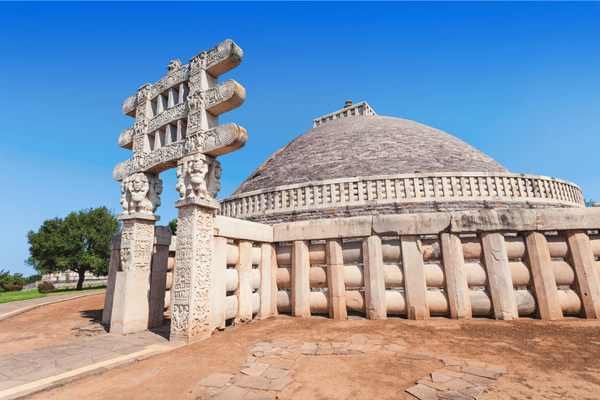
Buddha's stupa
There are two Stupas, Stupa 1 and Stupa 2 which are named on the basis of their discovery and excavation. Both of them have the ashes of Lord Buddha (which were divided into eight parts) preserved in stone caskets. Both the Stupas are now in a dilapidated condition, however, still have a great reverence in Buddhism.
Vishal Fort or Vishal's Garh
Vaishali gets its name from Raja Vishal from Ramayan age. The Vishal fort is a ruin of a 1 Km huge parliament house of Lichchavis. It is believed that around seven thousand representatives used to gather here to discuss about political affairs.
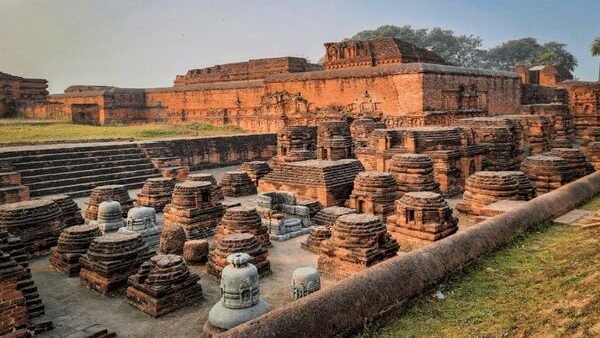

Bawan Pokhra temple
Housing some of the beautiful images of Hindu gods and goddesses situated on Bawan Pokhar’s northern end, Bawan Pokhar temple is a piece of ancient art work built during the rule of Pal dynasty. An old temple built in the Pala period stands on the northern bank of Bawan Pokhar and enshrines beautiful images of several Hindu gods.
Nalanda
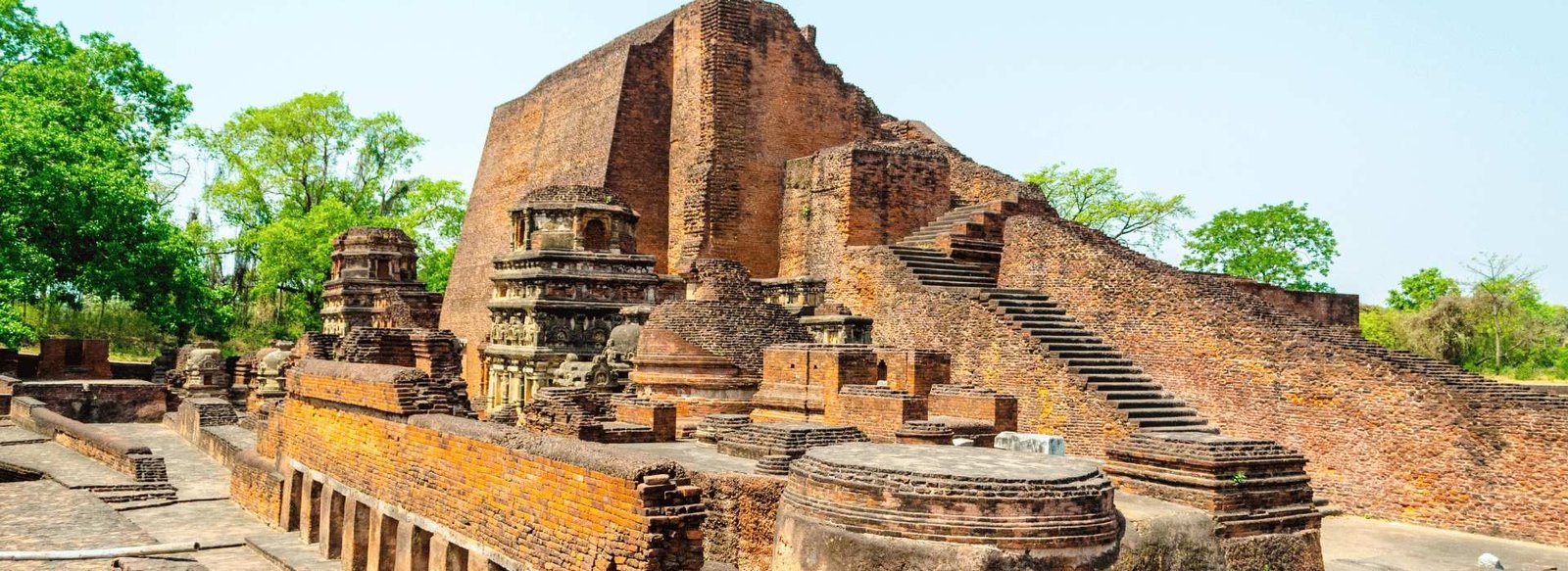
The most popular Mahavihara of the ancient times, a significant Buddhist seat of academic excellence and a modest pilgrim center, all wrapped in a wisp of spirituality, Nalanda continues to be an equally enriching location in the present. It offers vibrant substance of spirituality, history, culture, architecture, and tourism.This city houses one of the world’s oldest and finest residential universities which itself was an architectural masterpiece. Although in ruins, the entire complex presents a pretty picture and is flocked by tourists day in and day out. It has “viharas” or monasteries to the east and “chaiyas” or temples to the west. In addition to this, the complex houses a charming little museum, which has a collection of several of original Buddhist stupas, Hindu and Buddhist bronzes, coins, terracotta jars, a sample of burnt rice etc. The district is believed to be a cradle of religions. Apart from Buddhism, it is an important center for Jainism, Hinduism, and Sufism as well. Considering the rich heritage and the historical importance, it is a hot tourist destination.
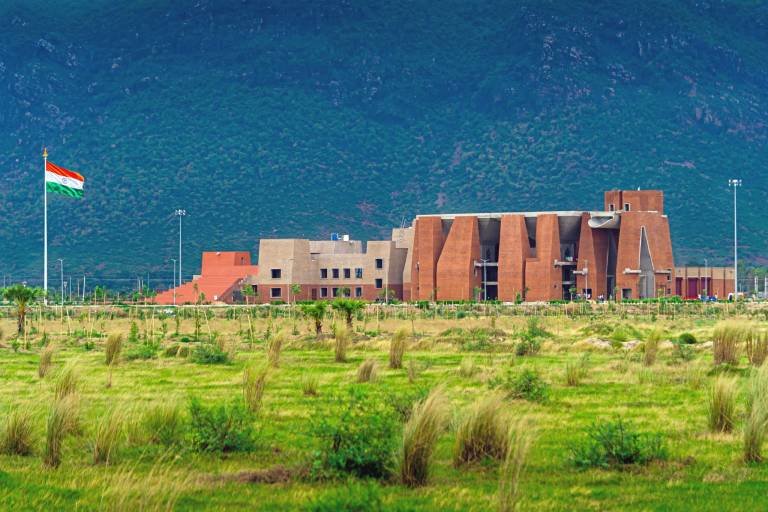
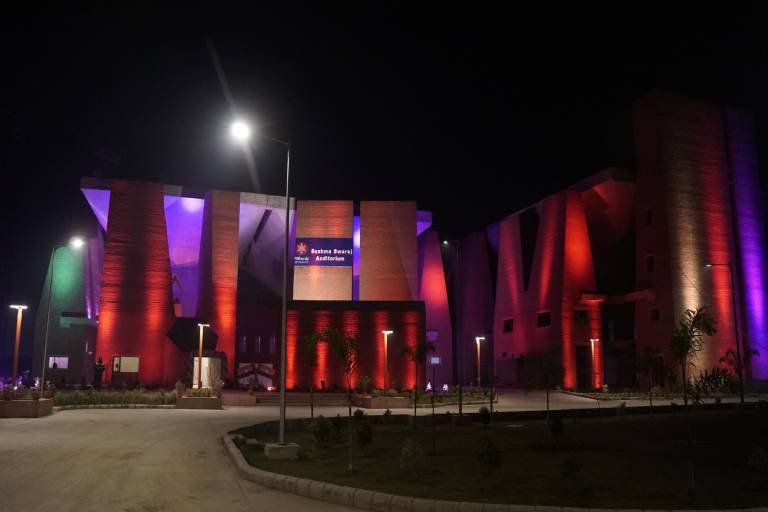
Nalanda University
Nalanda University is a UNESCO world heritage site is located South Bihar. Considered as one of the oldest universities in the world and known as Nalanda Mahavira back in time, its origins date back to the 3rd century. Mahavira is a Sanskrit term for a great ‘Vihara'(Buddhist Monastery). Located about 85 km away from Patna, it is regarded as one of the greatest and oldest universities recorded in history. It finds references in the oldest epics of India as well as in the travels of Hiuen Tsang. The Gupta kings built various monasteries in old Kusan style of architecture. Emperor Ashoka and Emperor Harshavandhana were also patrons of this university who built few temples, viharas, and monasteries for the university. Former President Dr. APJ Abdul Kalam pitched the idea of reviving the university in March 2016.With reference found in the Tibetan and Chinese culture, the university was a centre of advanced Vedic learnings until it was ransacked by Bakhtiyar Khilji in the 12th century. Lord Buddha visited Nalanda several times during his lifetime, but the university became popular in the later years when Hieun Tsang stayed here in the 7th century AD and he left a detailed description of the education system and monastic life of this place. The site was recovered by Archeological Survey of India in 1915. It’s said that the library of the university had so many books and manuscripts that it kept on burning for six months after the entire structure went up in flames.
Hiuen Tsang Memorial Hall
Built as a dedication to the Chinese scholar Hiuen Tsang, this memorial is a distinct reminder of the architectural style of the Nalanda University. One will find multiple writings of Tsang preserved here.
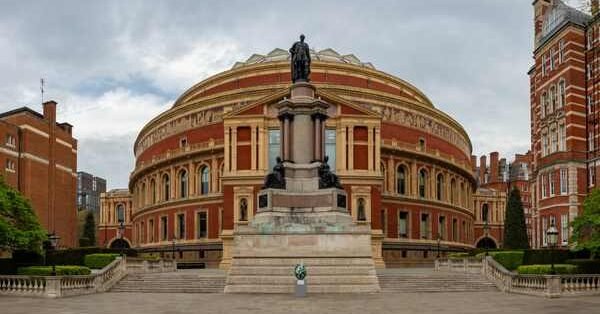

The Great Stupa
Present amongst the ruins of the Nalanda University, this Stupa was built in the 3rd century by Ashoka in the honour of Sariputra. After the seven accretions to it, this structure is shaped like a pyramid and is flanked by flights of steps and splendid sculptures as well.
Nalanda Archaeological Museum
Housing the ancient relics of Nalanda University, this museum offers a glance into the culture of ancient Nalanda. Pala Art is displayed through the assorted artifacts maintained here.The statues here are mainly engraved on basalt stone, but others made out of stucco, bronze, stone and terracotta are also present.


